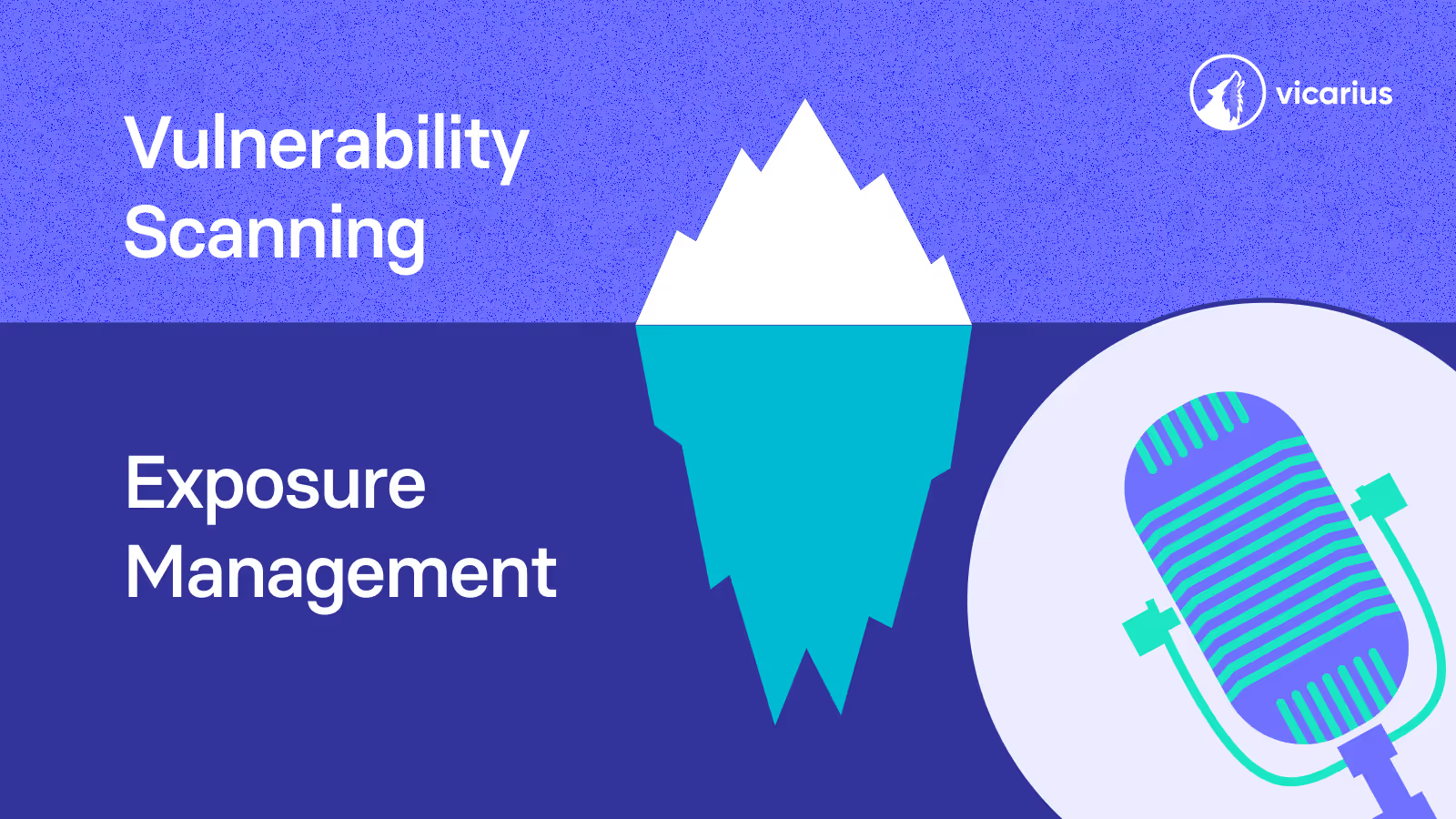
Katie: You know that feeling right? Like you're drowning in tasks, maybe emails or just life admin. And every time you deal with one, two more appear.
James: Oh, definitely. The digital equivalent of whack-a-mole.
Katie: Exactly. Well, imagine that. But for digital weak spots that could take down your whole company or leak your personal info.
James: a much higher stakes game.
Katie: For sure. So today, our deep dive is all about something, well, vital for everyone online, how we're tackling and hopefully getting ahead of this absolute explosion in cybersecurity vulnerabilities.
James: Yeah, it's a critical topic.
Katie: We're talking about CVEs, common vulnerabilities and exposures. These aren't just technical jargon. They're actual flaws in software, in hardware, that attackers are like actively hunting for.
James: They're the open doors, essentially.
Katie: Right. And the numbers, honestly, they're pretty scary. Over 28,000 new CVEs published in 2023.
James: And it's accelerating.
Katie: It really is. This year, 2024, we've already blown past 40,000. If you picture a graph over the last decade, it's just shooting almost straight up. Exponential growth. Which means, you know, doing this manually. Just impossible now. Think about security teams. They just can't keep up.
James: They're completely swamped.
Katie: Yeah. And the risk is huge. Something like 20% of breaches still happening because of known unpatched vulnerabilities. It's a massive problem.
James: A very costly one too.
Katie: So our mission today is to figure out how AI and automation are changing the game in vulnerability management. How we're moving towards auto remediation.
James: Which is more than just patching.
Katie: Way more. It's a fundamental strategic shift, really. OK, let's unpack this.
James: What's fascinating here is how the sheer scale, the impossibility of doing this manually, is really forcing innovation. It has to.
Katie: Out of necessity.
James: Exactly. It's not just some technical detail anymore. It's a core strategy for basically any organization today.
Katie: Right.
James: And what we'll get into is how these new tools aren't just finding problems. They're actually fixing them, sometimes before anyone even knows there was a problem.
Katie: Proactively.
James: Yes. Moving from reaction to prediction. The urgency is just palpable.
Katie: That urgency really hits home when you see those CVE numbers climbing like that. It makes the whole manual effort seem, well, futile, doesn't it?
James: Completely. Like bailing out a speedboat with a teaspoon while more holes keep appearing.
Katie: Yeah, exactly. And the traditional way. Security teams find a flaw, figure out how bad it is, and then, you know, scramble to patch it. It's all reaction.
James: Constantly behind the curve.
Katie: So for those teams actually doing this work, day in, day out, what does that constant overwhelming flood of vulnerabilities really feel like?
James: It feels like drowning, honestly. That sheer volume is why we see that statistic 20% of breaches from known vulnerabilities. The attackers move faster.
Katie: Much faster.
James: Way faster than a human-led process can typically react. But this is where automated vulnerability management, AVM, comes into play. Forbes actually had a piece on this highlighting how AVM, particularly risk-based patching, really helps security and IT teams work together better.
Katie: Breaking down silos.
James: Yes, and it cuts down human error, which is huge and the big number It can potentially slash breach rates by something like 80%
Katie: 80%. Wow. Okay.
James: It's a game changer. So the old way reactive playing catch up. These AVM platforms though, they scan all the time, apply risk models constantly. And this is key. They trigger auto remediation, automatically fixing things. Right. AI becomes this crucial ally and connecting this to the bigger picture. Well, the survival of many digital businesses really hinges on making this shift.
Katie: Survival that really underlines the stakes. So if AI is the key ally here, making this massive shift possible, How does it actually work? It kind of sounds like magic.
James: Yeah, it can seem that way. But it's not magic, it's machine learning. These algorithms, they just chew through immense amounts of data. Stuff from vulnerability scanners, asset lists, threat intelligence feeds coming in constantly.
Katie: The processing power is part of it.
James: A big part. But the real breakthrough is AI's ability to spot patterns, correlations. Things a human team just wouldn't see, especially at that scale and speed. It sees the non-obvious connections.
Katie: OK, so it's pattern recognition on a massive scale, making connections we'd miss. And then what happens? What does it do with that insight?
James: That's where the action comes in. It leads to smarter prioritization, knowing which vulnerability to fix first based on real risk.
Katie: It's not just severity score, but actual risk to us.
James: Exactly. Real time risk scoring for everything. And then those auto remediation triggers we mentioned.
Katie: So the AI actually kicks off the fix.
James: It can, yeah. We're talking about AI acting almost like an adaptive agent. It can literally write a patch sometimes.
Katie: Seriously, write code.
James: Or open a pull request in the development pipeline, suggest the code change. Or it can manage deploying a patch across maybe thousands of computers at once.
Katie: Wow. That's autonomy.
James: It is. And it's predictive, too. These AI systems can map out your entire attack surface, all the potential entry points.
Katie: See yourself like an attacker would.
James: Precisely. Compare your weaknesses against the exploit kits hackers are actually using right now. And even forecast with some accuracy which vulnerabilities are likely to be targeted next.
Katie: So getting ahead of the game, not just reacting.
James: Exactly. It moves us into proactive defense. AI-powered AVM delivers these sort of end-to-end solutions. It turns that manual slog into a responsive system where fixes happen automatically. And this raises an important question, doesn't it, about what security pros do now. Instead of just fighting fires, maybe they focus on more strategic things.
Katie: A big shift, for sure. Now, auto remediation. I think most people hear that and just think, OK, it applies a software patch. Quick fix.
James: That's a common thought, yeah.
Katie: But you're saying it's more involved than that?
James: Oh, much more. It's really an orchestrated workflow. It's not just one action.
Katie: OK, like what else could it involve?
James: Well, it could mean automatically disabling a service that's found to be vulnerable.
Katie: Yeah.
James: Or deploying a specific configuration change across hundreds of systems. Or even rolling back a recent software update if it turns out to be risky.
Katie: Ah, OK. So it's a whole toolkit of responses.
James: Exactly. A sophisticated multi-step response tailored to the specific threat and context, not just a simple patch.
Katie: And how does it manage all that? It must plug in really deeply to everything an organization uses, right?
James: absolutely essential. Deep integration is key. These systems talk directly to the CICD pipelines where software gets built and deployed. They integrate with the ticketing systems IT uses, and they have to understand the cloud infrastructure, the networks. It's all connected.
Katie: So the AI sees a problem.
James: Yep. Detects an anomaly, identifies a critical threat based on its models, and then bam, it triggers that auto remediation engine to take the right action.
Katie: Instantly.
James: That speed is crucial. Like Forbes noted, automation cuts errors and speeds up risk mitigation. Auto remediation is the sharp end of that. Right. Think about it. Attackers might exploit a major flaw within days, maybe even hours.
Katie: The lindo is tiny.
James: But an AI-driven AVM system, it can trigger that fix, that auto remediation, within minutes.
Katie: Minutes versus days. That's huge.
James: It basically rewinds the clock on the attack. And it doesn't stop there. These systems also check if the fix worked. Verification.
Katie: Ah, closing the loop.
James: Exactly. And they create detailed audit trails. which is vital for proving compliance later on. What's fascinating here is just how integrated and comprehensive these automated responses can be way beyond just patching.
Katie: OK, so we've got continuous scanning, AI doing the smart prioritization, and then this powerful auto remediation kicking in instantly. When you put all that together, is that what people mean by vulnerability management automation 2.0?
James: That's pretty much it. Yeah. VM automation 2.0. It's not just a minor update. It's like a whole new operating system for vulnerability management.
Katie: How so? What's the big difference from, say, the tools we had a few years ago?
James: Well, older tools, they basically just generated these enormous lists of vulnerabilities. You'd get thousands, maybe tens of thousands.
Katie: Overwhelming. Like, where do you even start?
James: Exactly. Paralyzing amounts of data. But these modern 2.0 solutions, they add context. They understand which systems are critical to the business. They factor in the likelihood of a specific vulnerability actually being exploited.
Katie: So intelligence, not just raw data, smart action.
James: Right. I saw something on Hacker News that summed it up. Well, basically saying manual processes just can't cope anymore. Security teams are grounding.
Katie: Yes, that's familiar. This 2.0 approach sounds like the life raft.
James: It really is. These AVM 2.0 systems can prioritize automatically using that real-time risk assessment. They can assign the fix to the right team, even track if it gets done.
Katie: More efficient.
James: Way more efficient. Fewer false alarms, more things that engineers can actually act on. And importantly, even with all this automation, you can build in checks and balances.
Katie: Ah, so it's not just a robot running wild.
James: No, no. The workflows can include approval steps where needed, you know, for compliance or just for peace of mind. It's a smart mix of speed and control. Ultimately, these unified solutions, they bring scanning, prioritizing, and fixing altogether into one cohesive program. If we connect this to the bigger picture, this is about finally getting some control back in what feels like a pretty chaotic digital world, moving from reactive firefighting to a genuinely proactive smart defense.
Katie: Okay, that sounds fantastic. The vision is clear. But for organizations listening, the next thought is probably, okay, how do we actually do this? It sounds complex to implement.
James: It is a significant undertaking, definitely. There are steps involved.
Katie: Right. So for you listening, let's write down some key steps, sort of actionable advice for getting started. First up, you absolutely need to remerge inventory assets.
James: You can't protect what you don't know you have.
Katie: Exactly. Build a full picture of all your digital stuff, servers, laptops, cloud services, everything. Use these AVM tools for continuous scanning. They need all that data vulnerabilities, business context, threat intel. Foundational step. Second. Prioritize and score. Let the AI do the heavy lifting here. Use its analytics to give real-time risk scores. The really high-risk stuff. Auto-remediate it. Straight away.
James: Don't wait.
Katie: Right. Medium risk. Maybe automatically create a ticket for a human to look at.
James: Makes sense. Balance automation with oversight.
Katie: Third, integrate and orchestrate. You need to connect the dots. Detection, prioritization, auto remediation, make it one smooth process. And plug it into your change management system so things don't drift out of sync.
James: Critical for avoiding unintended consequences.
Katie: Fourth, align policies. Make sure your rules are clear. Auto remediation should definitely handle the critical stuff, but you need to ensure it all lines up with your compliance rules, your governance.
James: policy drives the automation.
Katie: Fifth, and this is super important, ensure human oversight. AI is powerful, but it's not perfect. You need analysts reviewing the AI's decisions, looking for weirdness, refining the models, ensuring it's used ethically.
James: The human in the loop, essential.
Katie: And finally, sixth, collaborate across teams. This can't just be a security thing. Security, IT operations, developers, they all have to work together for this to succeed.
James: Absolutely. Shared responsibility.
Katie: So those are the steps. But of course, like any big tech shift, there are going to be hurdles, right? Challenges.
James: Oh, absolutely. It's not all smooth sailing. There are definitely significant challenges.
Katie: Like, what are the big ones?
James: Well, technically you need ongoing testing, feedback loops for the AI. These models need tuning.
Katie: They can drift?
James: They can drift, or they can get confused by noisy or bad input data. Garbage in, garbage out still applies. And if you rely too much on the auto remediation without watching the exceptions carefully, you could create blind spots. Things get missed.
Katie: OK, so quality control for the AI itself.
James: Right. And think about the complexity. Cisco recently talked about their AI-powered hyper-shield focused on things like autonomous segmentation networks dividing themselves up automatically for security and self-qualifying upgrades. That shows the kind of intricate systems we're dealing with. It's complex stuff.
Katie: Definitely not trivial.
James: Then there's the speed gap. We mentioned attackers exploiting things in hours.
Katie: Right.
James: But even with good processes, getting patches tested and deployed might still take, you know, 20 days, maybe 45 days, sometimes at big places. That gap is dangerous. It really pushes the need for faster AVM and auto remediation.
Katie: Urgency again.
James: And finally, maybe the biggest hurdle, the human factor.
Katie: The culture. Ah, people trusting the machine.
James: Exactly. You still need human oversight, clear processes for when things go wrong. But getting IT teams comfortable with automated systems, potentially making changes, maybe breaking something, that's a big cultural shift.
Katie: Understandable fear, I guess.
James: It is. So leadership really has to champion this, build that trust, explain the why. This raises an important question. How do organizations really manage that human AI partnership effectively? build trust in systems taking autonomous action.
Katie: That partnership really does seem like the crucial element here. OK, so we've gone from this, frankly, alarming scale of vulnerabilities, tens of thousands a year, overwhelming teams, to seeing how AI and automation offer a path forward. Intelligent detection, smart prioritization, all the way to full auto remediation. The main takeaway seems pretty clear. The future of keeping things secure. It's tied directly to automated vulnerability management. For any leaders listening who want resilience, who want a strong defense, The message seems to be invest in AI, invest in automation.
James: I think that's right. It's not just about buying new software. It's about fundamentally changing your organization's defensive posture. It's enabling reliable fixes at machine speed.
Katie: Yeah.
James: It's building a security system that can actually keep pace with the threats. And, you know, ultimately automated vulnerability management and the broader vulnerability management automation need to evolve hand in hand.
Katie: What do you mean by that?
James: Well, it prompts a deeper thought, doesn't it? What does that evolution mean for the human role? As security becomes more autonomous, how do we ensure that the collaboration between people and AI truly leads to a safer digital future for everyone? So what does this all mean for you? Listening. How might this change how you think about security, either at work or even in your own digital life?









